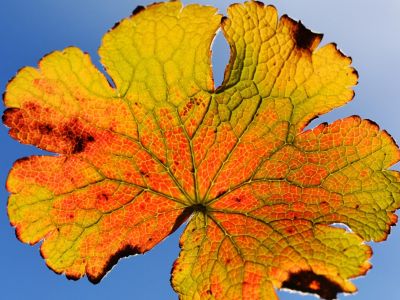Causes of Geraniums with Yellow Leaves
One of the most common causes of yellowing leaves is too much moisture or overwatering. Generally, on overwatered plants, the bottom portions of geraniums have yellow leaves. They may also develop pale looking water spots. If this is the case, you should immediately stop watering and allow the plants to dry out. Remember, geraniums are drought-tolerant plants and they do not like too much water. Water or air temperature that is too cool can also result in geranium yellow leaves. Geraniums are a warm weather plant and they do not deal with cool weather well. Cold snaps in the spring or extended cool weather, especially cool, wet weather, can cause geraniums with yellow leaves. In addition, when the geranium leaves become more yellow than green, a nutrient deficiency could be the cause. Geranium plants should be fertilized with a complete, water-soluble fertilizer (preferably one with micro-nutrients) at least every third watering or once monthly. Not only will fertilizer help prevent yellow leaves on geraniums, but it will also help the plant to grow bigger faster with more blooms. Occasionally, a geranium with yellow leaves is due to some type of disease. For instance, verticillium is a fungal infection that can cause stunted growth, wilting, and bright yellow leaves. What about geranium leaves with yellow edges? Geranium leaves with yellow edges or yellow tipped leaves on geraniums are usually attributed to a lack of water or dehydration. While geraniums are drought-tolerant, they do need some water. In these instances, you can feel the soil to determine just how dry the plants may be and water accordingly. It may also help to trim off the yellowing growth. As you can see, geraniums with yellow leaves typically need just a little TLC to help them recover. Give a geranium what it needs and you will not see your geranium’s leaves turning yellow.
